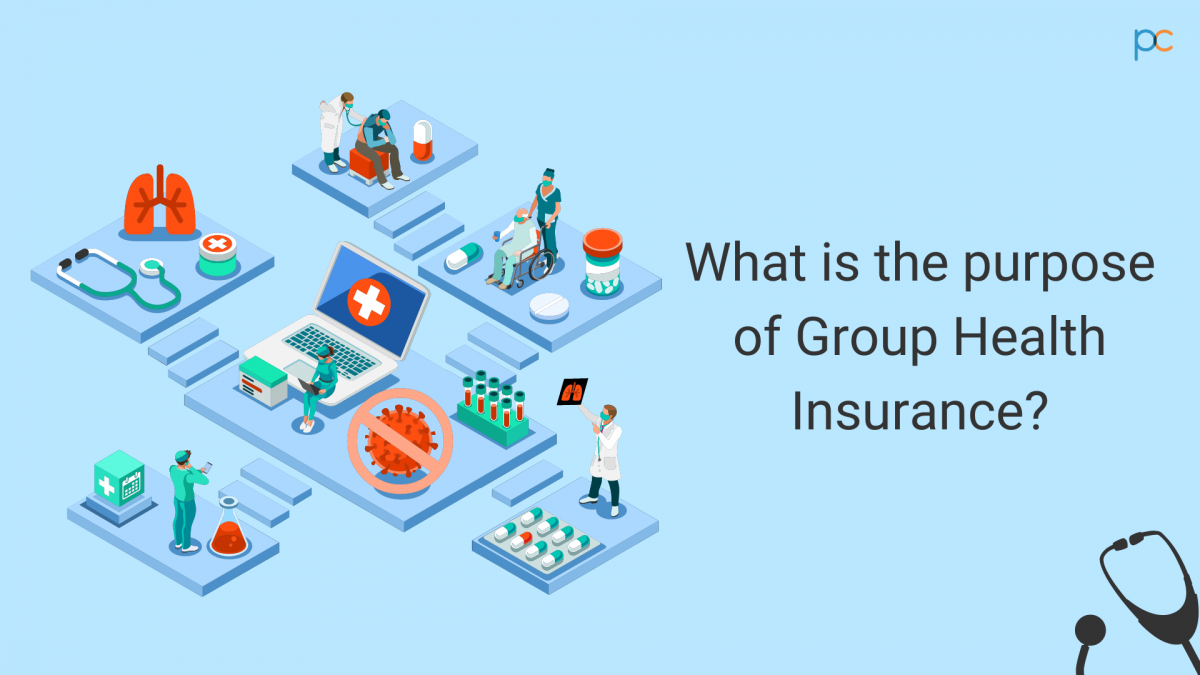A Biased View of Pacific Prime
A Biased View of Pacific Prime
Blog Article
Fascination About Pacific Prime
Table of ContentsFascination About Pacific PrimeThe Best Strategy To Use For Pacific PrimeA Biased View of Pacific PrimeEverything about Pacific PrimeGet This Report on Pacific Prime

This is since the information were collected for a period of solid economic efficiency. Of the approximated 42 million people that were without insurance, almost about 420,000 (about 1 percent) were under 65 years old, the age at which most Americans end up being qualified for Medicare; 32 million were grownups in between ages 18 and 65, about 19 percent of all grownups in this age group; and 10 million were children under 18 years of age, concerning 13.9 percent of all kids (Mills, 2000).
These quotes of the variety of individuals uninsured are generated from the yearly March Supplement to the Existing Population Survey (CPS), performed by the Demographics Bureau. Unless otherwise kept in mind, nationwide price quotes of people without medical insurance and percentages of the populace with different kinds of coverage are based on the CPS, one of the most extensively made use of resource of price quotes of insurance policy coverage and uninsurance prices.
Pacific Prime - Questions

Still, the CPS is specifically beneficial since it produces yearly estimates relatively swiftly, reporting the previous year's insurance policy coverage estimates each September, and since it is the basis for a constant collection of estimates for greater than 20 years, enabling analysis of trends in protection in time. For these factors, in addition to the extensive usage of the CPS in various other researches of insurance policy coverage that are offered in this record, we rely upon CPS estimates, with limitations kept in mind.

The price quote of the variety of without insurance people broadens when a population's insurance standing is tracked for a number of years. Over a three-year period starting early in 1993, 72 million people, 29 percent of the united state population, lacked protection for at least one moved here month. Within a single year (1994 ), 53 million individuals experienced a minimum of a month without coverage (Bennefield, 1998a)
Six out of every ten without insurance grownups are themselves employed. Working does boost the possibility that one and one's family members will have insurance policy, it is not an assurance. Also members of households with 2 permanent breadwinner have almost a one-in-ten opportunity of being without insurance (9.1 percent without insurance price) (Hoffman and Pohl, 2000).
Fascination About Pacific Prime
New immigrants represent a substantial proportion of people without health insurance. One analysis has connected a substantial portion of the current growth in the dimension of the U.S. without insurance populace to immigrants that showed up in the country in between 1994 and 1998 (Camarota and Edwards, 2000). Current immigrants (those that involved the United States within the past 4 years) do have a high rate of being without insurance (46 percent), but they and their children represent just 6 percent of those without insurance coverage nationally (Holahan et al., 2001).
The connection between medical insurance and accessibility to care is well developed, as documented later on in this chapter. Although the partnership in between medical insurance and health and wellness outcomes is neither straight nor simple, a considerable medical and wellness services study literary works links medical insurance coverage to better accessibility to care, much better high quality, and enhanced individual and populace wellness standing.
Levels of evaluation for analyzing the results of uninsurance. It concentrates especially on those without any type of health and wellness insurance policy for any type of size of time.
Get This Report about Pacific Prime
The problems encountered by the underinsured are in some areas comparable to those faced by the uninsured, although they are usually much less severe. Wellness insurance, however, is neither required nor enough to obtain accessibility to medical services. The independent and direct result of health insurance coverage on access to health and wellness services is well developed.
Others will certainly obtain the healthcare they require even without health insurance, by spending for it out of pocket or seeking it from suppliers who provide treatment cost-free or at very subsidized rates. For still others, medical insurance alone does not guarantee receipt of treatment due to other nonfinancial barriers, such as an absence of healthcare suppliers in their neighborhood, minimal accessibility to transportation, illiteracy, or etymological and social differences.
The Ultimate Guide To Pacific Prime
Official study regarding without insurance populaces in the United States dates to the late 1920s and early 1930s when the Board on the Cost of Medical Care created a collection of records concerning funding doctor workplace check outs and hospital stays. This problem ended up being significant as the numbers of medically indigent climbed during the Great Depression.
Report this page